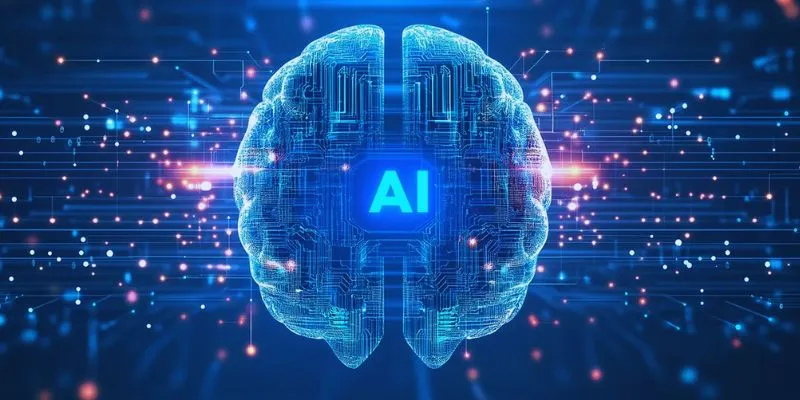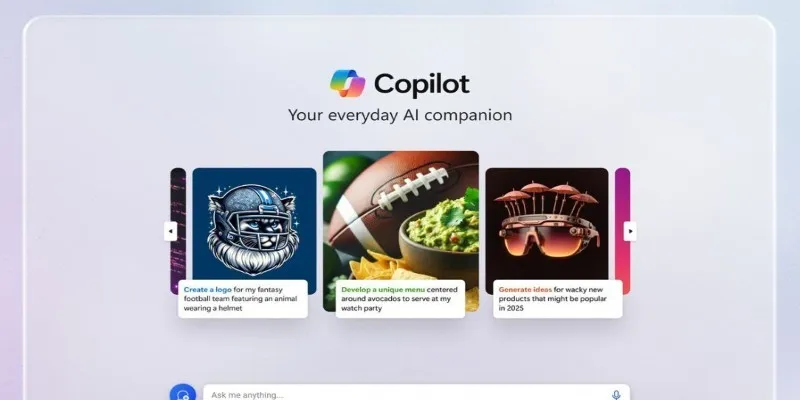Did you know that millions of people around the world have unpaid debts? Debt is a part of everyday life, and collecting debt is a major task for businesses. This process, known as debt collection, involves reaching out to individuals who owe money and assisting them in repaying it. Traditionally, debt collection methods have been challenging, but with the advent of artificial intelligence (AI), companies can now handle debt collection more efficiently.
In today’s digital age, people prefer digital communication methods like messages, emails, or chats over phone calls. AI facilitates debt collection by engaging with debtors through innovative channels. If you’re interested in discovering how AI is revolutionizing debt collection, keep reading!

What Are The Traditional Ways Of Debt Collection?
Traditional debt collection methods have been in use for many years and remain common today. These methods include phone calls, sending letters, taking legal action, and hiring debt collection agencies. Let’s delve into them:
- Phone Calls and Letters: These are basic methods for contacting debtors. Debt collectors usually call to remind debtors about their outstanding payments. However, regulations limit the frequency and timing of these calls to prevent harassment. Letters often serve as the first official notice, providing details about the debt, and must be clear and compliant with legal standards.
- Legal Action: When other methods fail, creditors may resort to legal action to recover debts, which could lead to wage garnishment or asset seizure. While this method can help creditors recover debts, it is often costly and time-consuming.
- Outsourcing to Collection Agencies: Many creditors opt to outsource debt recovery to specialized agencies that adhere to strict regulations. This approach saves time for creditors but can strain customer relationships.

5 Ways AI is Shaping the Future of Debt Collection
Here are five ways AI is transforming debt collection:
1. Digital Communications:
A study by UBS in 2018 revealed that over half of consumer financial transactions occur online. Debt collection can adapt to this trend through AI and automation, allowing companies to contact debtors via digital platforms such as email, WhatsApp, and text messages. This technology streamlines the process, making it faster and more efficient.
2. Finding the Perfect Time:
Advanced debt collection software with AI and machine learning capabilities can identify the best time to contact a debtor and recommend the most effective communication channel, whether email, text, or WhatsApp. Optimal timing and channel selection increase response rates, enhancing the overall success of the collection process.
3. Business Intelligence and Analytics:
AI and machine learning enable companies to improve their understanding and management of debt collection. These intelligent systems analyze extensive data, such as call effectiveness, high-value accounts, and payment frequency. Based on this analysis, the software suggests improved strategies, such as prioritizing debts with higher payment likelihood.
4. A Single View of Debt or Customer:
A “single view” consolidates all information about a person’s debts in one place, which is particularly useful for entities managing multiple debts from the same individual. AI helps organize and interpret this data, enabling companies to develop smarter, personalized debt collection plans, leading to fairer and more effective processes.
5. Chatbots and Human-Like Communications:
AI-powered chatbots can simulate human-like interactions, providing personalized assistance to debtors. As digital communication becomes more prevalent, these tools can send friendly messages via email, text, or calls, making communication smoother and more comfortable for debtors. This approach enhances the success rate of debt collection efforts.
Benefits of Modernizing Debt Collections
Here are five benefits of modernizing debt collections:
- Better Customer Engagement: AI platforms provide real-time account updates, keeping customers informed and encouraging timely payments.
- Smarter Debt Recovery with Predictive Analytics: Advanced data tools identify risky accounts early, allowing teams to act before debts become more challenging to collect.
- Automated and Personalized Messaging: Systems send reminders via customers’ preferred communication channels, improving engagement and response rates.
- Improved Operational Efficiency: Automation manages routine tasks such as billing and data entry, saving time and reducing errors.
- Real-Time Insights for Better Decisions: AI tools offer instant access to valuable data, aiding teams in making quick and informed collection decisions.
Challenges and Limitations of AI in Debt Collection
While AI offers significant advantages in debt collection, it also poses challenges. AI systems require careful implementation to ensure privacy, fairness, and compliance. One key concern is safeguarding consumer data, as AI systems handle vast amounts of personal information, increasing the risk of data breaches or misuse. Robust security measures and adherence to data protection laws are crucial.
Another challenge is ensuring data accuracy and currency. Incorrect data can lead to targeting the wrong individuals or unfair practices, underscoring the importance of regular data verification and updates. AI systems must also adhere to ethical standards and legal requirements, avoiding undue harassment or pressure on debtors. Companies should ensure fair and lawful use of AI tools to protect individuals’ rights.
Conclusion
The integration of AI in debt collection brings numerous positive changes. It enables companies to engage with debtors more effectively, streamlining the process for both parties. From sending intelligent reminders to analyzing data and providing round-the-clock chatbot support, technology enhances efficiency and personalization. However, challenges persist, necessitating the protection of personal data and adherence to fair and legal practices.
 zfn9
zfn9























